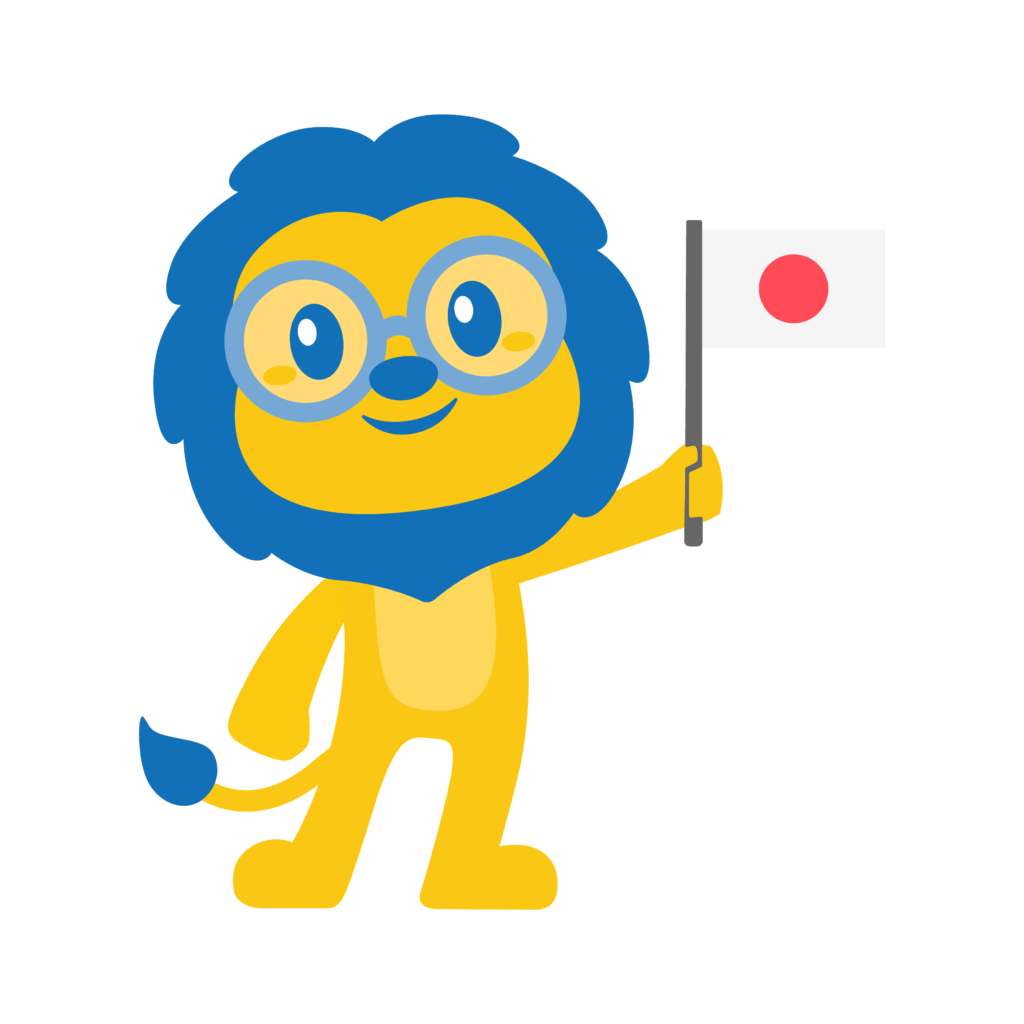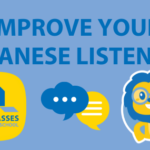Talking About Yourself and Others || Pronouns in Japanese
HOW TO USE PRONOUNS IN JAPANESE
So you’ve mastered some basic phrases, verbs, and hiragana & katakana?
It’s probably time to start talking about pronouns in Japanese.

A pronoun is a word that can stand in the place of a noun or a noun phrase. They are often used for people, which are called personal pronouns.
He, she, they, I… these are all examples of personal pronouns, which is what we’ll be looking at today.
In English, pronouns are relatively simple.
However, in Japanese, they can sometimes take a bit more work to get right.
This is because the pronoun someone uses in Japanese for themselves or others can differ depending on who they are, who they’re talking to, and what they think about the person they’re talking about, be it themselves or someone else.
Pronouns can also change based on the setting of the conversation, as well as the formality or informality of the relationship.
We’re going to outline some of the most common pronouns used in Japanese, including a few tips on when you should or shouldn’t use them.
Pronouns in Japanese || I
Pronouns in Japanese || We
Pronouns in Japanese || You
Pronouns in Japanese || He, She & They (Singular)
Pronouns in Japanese || They (Plural)
Pronouns in Japanese || FAQs
Talking About Yourself || I
We’ll start off with the first-person pronoun, “I.”
私(わたし)watashi
わたしWhen you start learning Japanese, わたし, or 私, is the first-person pronoun you’ll be introduced to first.
For example, your first Japanese sentence might have gone something like this:

私は「…」です。
watashi wa … desu.My name is … / I am …
私 watashi is said to have a more “feminine” feel to it, and is used primarily for people who identify as female.
When you’re in Japan, it will be more uncommon for someone who identifies as male to use watashi, particularly in casual conversations and settings.
In formal conversations, however, it is considered appropriate for all genders to use.
TOP TIP || 私 can also be pronounced watakushi(わたくし)and is the very formal version of watashi. However, it is rarely used.
あたし atashi
あたしあたし comes from the pronunciation of 私 (わたし), and is considered to be more “girly,” “soft,” or “feminine” than other pronouns.
It is primarily used by girls and young women.
内/家(うち)uchi
うちうち, which is written using either the kanji 内 or 家, like atashi and watashi, is also considered a “feminine” pronoun.
It is used in informal settings, particularly in the Kansai dialect (so you might hear it a lot in places like Osaka and Kyoto).
Literally translating to “interior” or “home,” using uchi is said to have quite a relaxed feel.

8 Resources to Improve Japanese Listening Skills
Want to improve your Japanese listening skills? Not where to look for new resources? This complete guide has you covered with 8 of the best resources.
僕(ぼく)boku
ぼくBy comparison, 僕 boku is considered to have a more “masculine” feel, and is used mostly by young men and boys.
Those that use it are often seen as humble and casual.
It is not typically used in professional settings.
俺(おれ)ore
おれA masculine personal pronoun, ore is considered to be more aggressive or forceful than boku.
Perhaps even a bit “macho” or “cocky.”
Ore is also one of the most casual ways of saying “I” or “me,” and is most appropriate to use when you’re among close friends or family.
If you’re interested in learning more about the use of first-person pronouns, check out Youtuber MissHanake‘s video talking about her research about the ways Japanese people express gender through language.
Remember!
With Japanese pronouns, we don’t always need to include a first person pronoun as it is typically the implied subject of a sentence.

Express Your Love 💖 How to Say I Love You in Japanese
Today we open our hearts and teach you how to express you love in Japanese – welcome to our guide on how to say I love you in Japanese.
Talking About Yourself And Others || We
私たち(わたしたち)watashitachi
わたしたちThis is the standard translation for “we” in Japanese, and is formed by taking the pronoun 私 watashi that we talked about earlier, and adding たち (sometimes written with the Kanji 達) which is a pluralizing suffix used for people.
It can also be used with other first-person pronouns, for example 僕たち bokutachi or 俺たち oretachi.
Talking About Others || You
あなた anata
あなたThis is the standard translation for “you” in Japanese, but be aware, it is more often used between people that know each other well, for example good friends or romantic partners, etc.
It can come across as slightly rude if used to address someone you don’t know very well or someone with higher status than you.
TOP TIP || if you want to pluralize “you”, i.e., talking about a group of people, you can also add たち tachi in the same way you add it to “I” to mean “we.”
あなた you (singular) —> あなたたち you (plural)
君(きみ)kimi
きみKimi is a second-person Japanese pronoun that can be used for someone of an equal (or lower) status or age to you.
It has a sense of familiarity and is very casual.
…さん san/ちゃん chan
さん / ちゃん
Instead of addressing someone with あなた anata or 君 kimi, it is usually safer and more polite to refer to someone by their name followed by one of the honorifics, like さん san or ちゃん chan, depending on your relationship to one another.

The most common honorific is san and is typically used for someone who is an equal rank or age to you.
It is a neutral term and therefore usually the safest to use if you’re unsure.
Chan is typically used for young children, but is also used by close (female) friends as well as by romantic partners.
You can also be even more specific when addressing someone by using their title or by using their direct relationship to you.
For example:
田中先生 Tanaka sensei – Teacher Tanaka
渡辺社長 Watanabe shachou – Manager Watanabe

Basic Phrases in Japanese // Learn 32 Essential Phrases (With Flashcards & FREE Quiz)
Basic Phrases in Japanese // Learn these phrases to make your first steps when learning Japanese. We teach you how to get by when speaking basic Japanese.
Talking About Others || He, She, They (Singular)
彼(かれ)kare/彼女(かのじょ)kanojo
かれ / かのじょ
Kare and kanojo translate to “he” and “she” respectively.
It is also worth noting that these two pronouns are also used to refer to one’s boyfriend, girlfriend, or romantic partner depending on context.
あの方 ano kata/あの人 ano hito
あの方 / あの人
Both of these translate to “that person,” with あの方 ano kata the more formal of the two.
あの人 ano hito is neutral, and can be used in formal and informal settings.
These two pronouns/demonstratives are also gender neutral and are therefore the most inclusive pronouns to use.
They can then both be used as a singular (and gender neutral) “they.”
Talking About Others || They (Plural)
~たち tachi/ら ra
たち / ら
Unlike English, Japanese doesn’t have a standard translation for “they.”
Like “we” and the plural “you”, you can add a suffix to pluralize a personal pronoun, which can change the meaning into something like “they.”
Although the suffix たち tachi is sometimes used (for example, 彼女たち), ら ra is more common.
TOP TIP || ra is also written using the Kanji 等.
Let’s look at a few examples:
彼ら(かれら)karera – they (neutral)
彼女ら(かのじょら)kanojora – they (fem.)
DID YOU KNOW || 彼ら can be used when referring to a mixed group (i.e., a group of people with different genders) or when the gender of the group is unspecified.
That concludes our look at pronouns in Japanese. We hope you’ve learnt something new in this post.
We have plenty more free resources to learn Japanese, our most popular being our Japanese Grammar Bank.
We cover a multitude of topics to help you crack Japanese grammar including:
- How to create adverbs using い and な adjectives
- The te form in Japanese
- How to apply the adjective particle が
- A detailed look at the location particles に and で
Any comments or feedback, please leave us a comment below.
Thanks for reading 🤩
Pronouns in Japanese || FAQs
How do I say “I” in Japanese?
The standard way of saying “I” in Japanese is 私 watashi. However, it is also common in Japan for people to use the personal pronouns あたし atashi, 僕 boku, and 俺 ore.
How do I say “you” in Japanese?
Although あなた anata means “you” in Japanese, it is only used between close friends. In Japan, it is more common (and more polite!) to call someone by their name plus an honorific like さん san or ちゃん chan.
What is the difference between さん san and ちゃん chan?
The most common honorific is san and is typically used for someone who is an equal rank or age to you. It is a neutral term and therefore usually the safest to use if you’re unsure.
Chan is typically used for young children but is also used by close (female) friends as well as by romantic partners.
Want More From LTL?
WANT TO LEARN JAPANESE? Check out our online Japanese courses here.
We offer a 7-day free trial to all new students where you can study 24/7.
What about studying Japanese in Japan instead? We’ve got your back. Our Japanese courses in Tokyo can either be taken in small groups of no more than 5 students or individually for a more tailored experience.
We even offer incredible homestay experiences in Tokyo as well.
Come and be a part of this amazing community.









